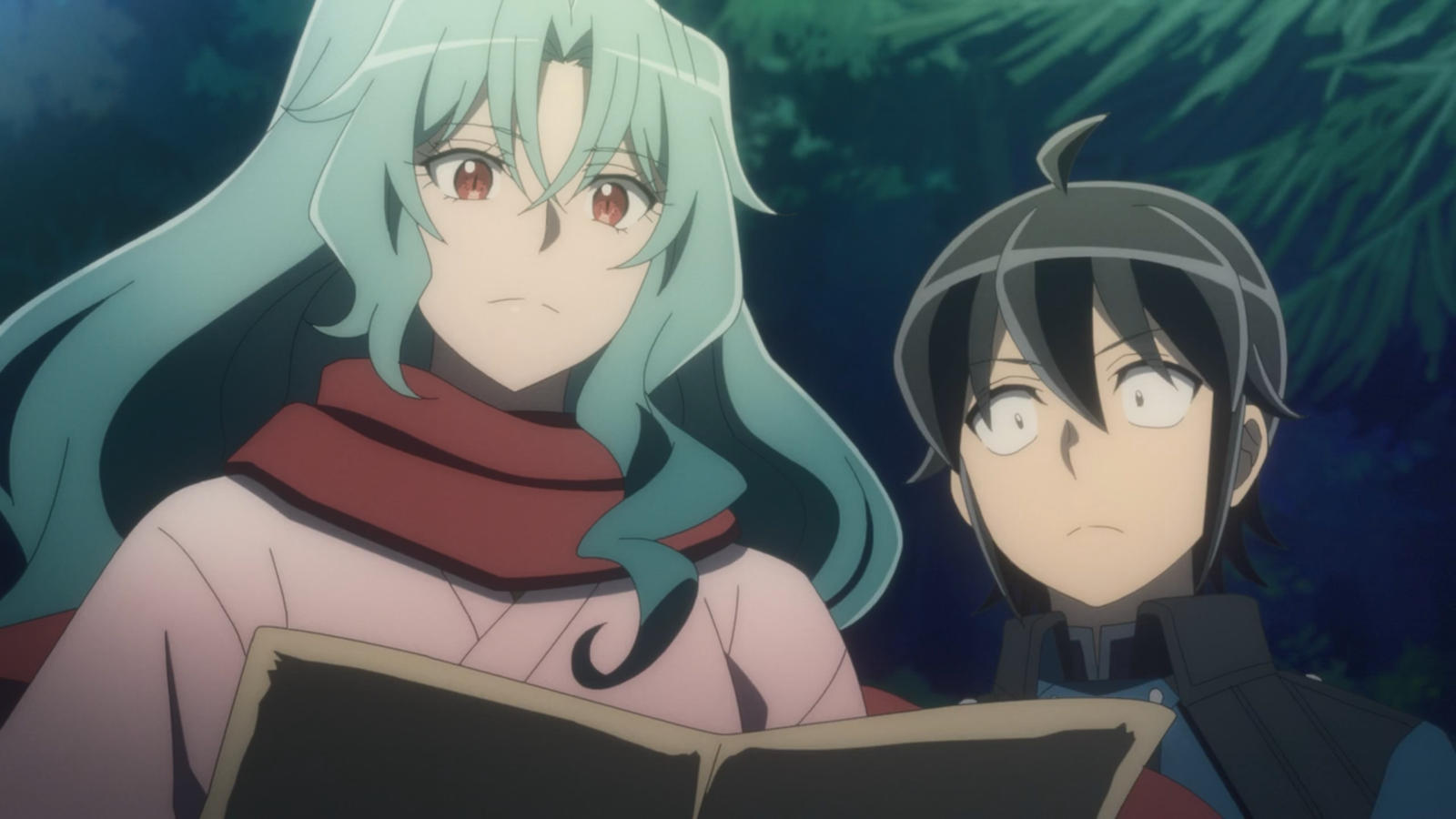Overview
“Tsuki ga Michibiku Isekai Douchuu” (Moon-Led Journey Across Another World) stands out in the crowded isekai genre, offering a refreshing take on the now-familiar narrative of a protagonist transported to a fantastical realm. The anime, based on the popular light novel series, follows Makoto Misumi, a seemingly ordinary high school student with an extraordinary destiny.
Plot and Storytelling
The series begins with a familiar premise: Makoto is summoned to another world by a goddess, expecting to become a heroic savior. However, the narrative quickly subverts expectations. Deemed unattractive and unsuitable by the goddess, Makoto is stripped of his expected hero status and unceremoniously dumped into a world far from the typical isekai power fantasy.
What sets this anime apart is its protagonist’s unique approach to survival and adaptation. Unlike many isekai heroes who quickly become overpowered, Makoto relies on his wit, adaptability, and genuine compassion. His character development is nuanced, showing growth through meaningful interactions with the world’s inhabitants rather than through rapid power progression.
Character Development
Makoto Misumi is a breath of fresh air in the isekai genre. He’s not a typical overpowered protagonist or a wish-fulfillment character. Instead, he’s grounded, empathetic, and driven by a desire to understand and coexist with the new world’s diverse inhabitants. His interactions with various races, including those typically marginalized in fantasy settings, showcase a depth of character rarely seen in similar anime.
The supporting cast is equally compelling. From the diverse array of non-human characters to the complex political landscapes, the anime creates a rich, multi-dimensional world that feels lived-in and authentic.
World-Building and Themes
The anime excels in its world-building, presenting a complex ecosystem of races, cultures, and magical systems. It explores themes of cultural understanding, prejudice, and the challenges of existing in a world fundamentally different from one’s own. The series doesn’t shy away from addressing social dynamics, power structures, and the nuanced interactions between different species and societies.
Animation and Artistic Style
Visually, “Tsuki ga Michibiku Isekai Doucheau” offers a vibrant and detailed aesthetic. The animation quality is consistent, with special attention paid to character designs and environmental details. Action sequences are fluid, and the magical elements are depicted with creativity and visual flair.
Unique Selling Points
- Subversive Narrative: Breaks away from traditional isekai power fantasy tropes
- Complex World-Building: Richly developed universe with intricate social dynamics
- Character-Driven Story: Focus on character growth and relationships
- Nuanced Protagonist: Makoto’s approach to his new world is refreshingly realistic
Potential Drawbacks
- Slower pacing compared to action-heavy isekai
- Requires patience to appreciate the nuanced storytelling
- May not appeal to viewers seeking constant high-octane action
Conclusion
“Tsuki ga Michibiku Isekai Doucheau” offers a sophisticated and thoughtful approach to the isekai genre. It’s a must-watch for those seeking depth, character development, and a more nuanced take on the “transported to another world” narrative.
Rating: 4.5/5 Stars
FAQ
Q1: Is this anime suitable for viewers new to the isekai genre? A: Yes, the anime’s unique approach makes it accessible and engaging for both isekai veterans and newcomers.
Q2: How does the anime handle action sequences? A: While not constant, action scenes are well-choreographed and meaningful, serving the story rather than being mere spectacle.
Q3: Is the anime faithful to the light novel? A: The anime generally follows the source material closely, with some adaptational changes to suit the animated format.
Q4: How many episodes are in the series? A: The first season consists of 12 episodes, with potential for future seasons based on the source material.
Q5: What age group is this anime appropriate for? A: Recommended for teens and young adults, with some complex themes and mild fantasy violence.
